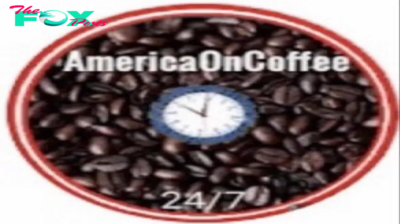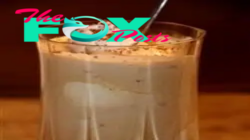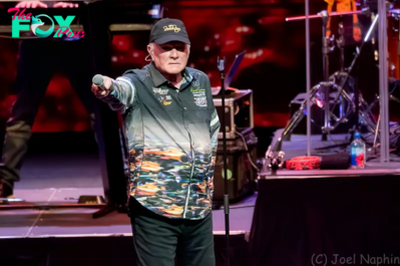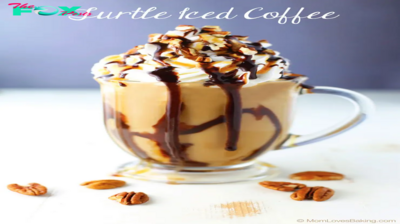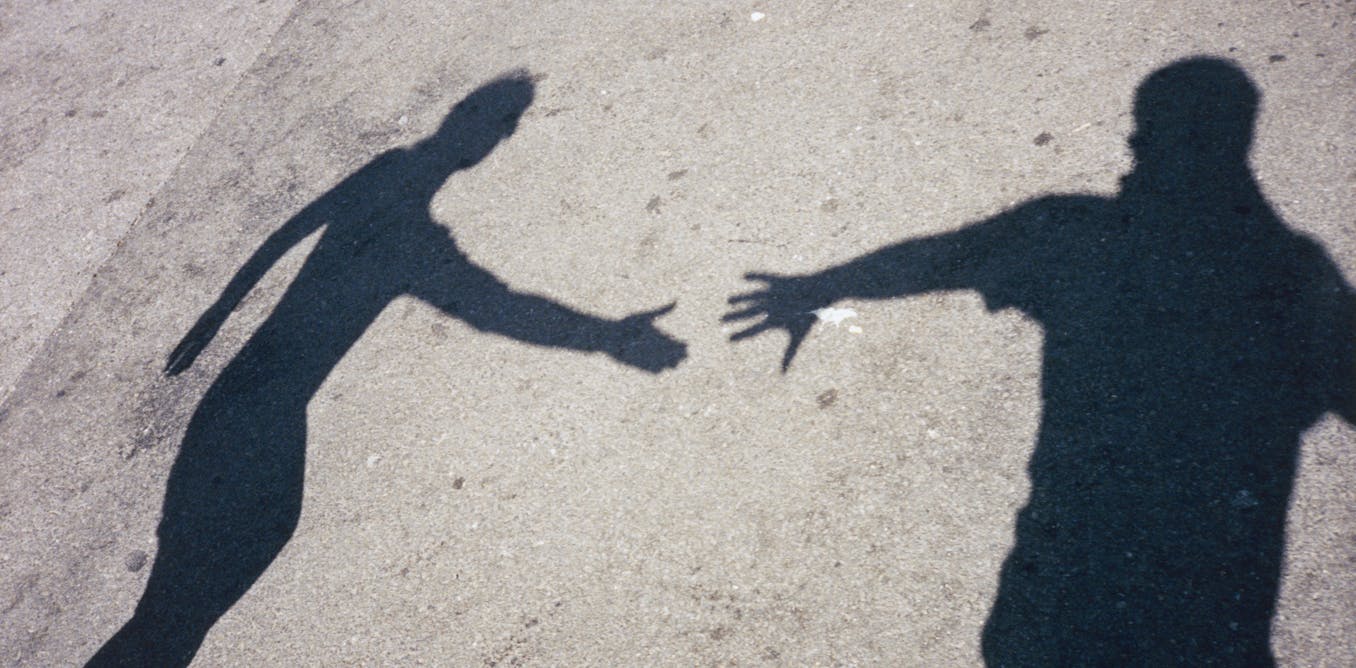Entertainment
“The Amusing Annals of Espresso Lovers”
Within the Land of the Espresso Nerds
By Matt Buchanan
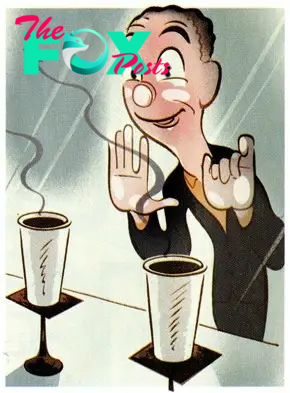
Illustration by Eric Palmo.
“That is what espresso tasted like in nineteenth century!” Peter Giuliano exclaimed, holding a cup of Bard espresso’s Sumatra Wahana Pure as we talked at a small stand close to the doorway of the Boston Conference and Exhibition Middle, the place the Specialty Espresso Affiliation of America was holding its twenty-fifth annual exposition this previous weekend. “I’ve never tasted something prefer it.”
This assertion could sound absurd, however Giuliano’s enthusiasm is powered by a exceptional backstory: the espresso he was consuming was grown within the northern Sumatra area of Indonesia, the place a lot of the espresso on the earth got here from within the mid-nineteenth century, and it was processed utilizing the pure (or dry) methodology, through which the entire espresso cherries are not noted to dry earlier than the bean is eliminated—this how all espresso was processed earlier than the invention of moist processing.
(Most Sumatran espresso is now moist processed, which signifies that the espresso bean is stripped out of the cherry earlier than it’s dried.) Once I tried the Bard espresso, I famous that it certainly possessed the signature barely candy funk of espresso that had been dry processed.
Giuliano, who, wearing a lightweight, crisp go well with, stands out within the expo’s sea of baristas, espresso consumers, store house owners, and equipment-manufacturer representatives, is the director of the Specialty Espresso Affiliation of America’s Symposium, and one of many specialty-coffee trade’s largest boosters.
A lot of S.C.A.A.’s outward-facing work is about guaranteeing that folks more and more consider espresso like wine—much less a bitter drug-delivery system than an object of immense aesthetic worth, imbued with a way of terroir, seasonality, and craft. (Kelefa Sanneh’s article concerning the famed espresso grower Aida Batlle is a stupendous portrait of the specialty-coffee trade and its evolution.)
The comparability with wine can border on contentious; at the US Barista Championship, taking place concurrently in the back of the exhibition corridor, one barista famous, with subtlest trace of aggression in his voice, that “there are extra taste compounds in espresso than in wine.”
Barista comPetitions on the highest stage are unusual, extremely scripted rituals—half “Iron Chef,” half ted discuss, half canine present. A barista has fifteen minutes to supply a collection of espresso-based drinks for a panel of judges whereas delivering a vivid, ebullient speech concerning the espresso, through which she or he usually relates in excruciating element the place it got here from, the farmers who produced it, and what the judges ought to be experiencing and considering as they sip every beverage.
(All whereas a wholly separate set of judges grade how gracefully the barista strikes and performs behind the bar—that is the canine present half.) I watched Trevor Corlett, from Madcap Espresso, a roaster that began in Grand Rapids, Michigan, comPete with a routine that focussed on seasonality, an idea that’s come to the forefront of specialty espresso, very like eating places that solely serve seasonal produce.
Corlett used an older July harvest in a cappuccino, citing its softness, and, for an espresso, a more energizing December harvest that was “fruity.” He then mixed the 2 in a pair of signature drinks—basically espresso cocktails—that includes maple syrup and torched grapefruit. He completed with 4 seconds to spare and got here in third out of six finalists.
The time period “specialty espresso” more and more invokes “Portlandia” sketches with snotty baristas and Brooklyn-famous roasters like Stumptown, however the designation is usually centered on consideration to a espresso’s origin. As an illustration, Inexperienced Mountain Espresso Roasters is taken into account a specialty-coffee firm, though it roasts tens of hundreds of thousands of kilos of espresso a yr, and persons are most acquainted with its automated Keurig Okay-cup machines that make the most of pre-ground espresso.
The exhibition corridor is filled with cubicles hawking all the things from soy-based gelato to flavored syrups—at one sales space, I drank seltzer water with a splash of bacon syrup, which I needed to pour myself as a result of the corporate consultant was afraid that the plastic, smoky scent would by no means dissipate if he spilled it on himself. And at one other sales space, I used to be given a sq. of “chocolate” that in truth contained no cocoa; it was made with floor espresso and vegetable oil and tasted like chocolate laxatives.
I’ve written prior to now concerning the specialty-coffee trade’s vexed relationship with know-how, however, on the present, it was a chunk of know-how that generated probably the most pleasure among the many espresso [specialty class]. Referred to as Modbar, it guarantees to radically remodel the form of the trendy espresso bar for the primary time in a long time.
With Modbar, all clients see is an exceptionally clear and ethereal counter with a faucet that produces espresso, a chrome stand that appears like laboratory tools with a pen-like gadget that spits water for pour-over espresso, and a skinny, bent wand that steams milk. The boilers and messy guts are stuffed right into a pair of containers that appear to be stereo receivers hidden beneath the counter.
The result’s extremely trendy and delightful. For baristas, the system is cutting-edge—customizable and modular, permitting full management over the coffee-brewing course of. The setup demonstrated on the present value fifteen thousand {dollars}, consistent with different high-end espresso machines. Corey Waldron, Modbar’s founder, mentioned that the corporate has set official expectations of promoting fifty to sixty methods by the top of yr, however he suspects that it’s going to promote extra.
Whereas probably the most scrumptious espresso I had on the present got here out of Modbar, a Kenyan espresso from the North Carolina-based Counter Tradition Espresso—one of many massive three high-end specialty roasters, together with Chicago’s Intelligentsia and Portland’s Stumptown—supplied probably the most profound expertise. I used to be lastly tasting Esmeralda Especial, a extremely famend espresso from Panama’s Hacienda la Esmeralda, which holds the excellence of the best value ever paid for espresso at public sale—in 2010, the public sale value of the highest-grade lot reached 100 seventy {dollars} per pound.
It’s each the top and logical conclusion of how the specialty-coffee trade needs to rework espresso itself. Giuliano, previously the director of espresso at Counter Tradition, as soon as recounted asking himself, “Are we rewarding this espresso as a result of it’s glorious, or are we rewarding it as a result of it’s bizarre?” Ultimately, he concluded that “it’s justly celebrated.”
Counter Tradition served a restricted amount of this espresso at its sales space. It was extraordinarily delicate and floral, like jasmine tea, and vastly not like what most individuals assume espresso tastes like.
I used to be a bit too keen, nonetheless, and slurped too greedily, sending among the treasured Esmeralda down my windpipe. I choked and coughed up a hearty swallow, spritzing the sales space with the regurgitated remnants of one of many world’s finest coffees. Jesse Kahn, a Counter Tradition wholesale consultant, calculated that, had I bought the drink at a espresso store, I might have simply coughed up two {dollars}’ price of espresso.
supply
-

 Entertainment2h ago
Entertainment2h agoThe Best Internet Memes About Elon Musk’s Tesla Robot
-

 Entertainment2h ago
Entertainment2h agoThe TikTok Duo Behind the Music in Moana 2 on Winning a Grammy and Working With Beyoncé
-

 Entertainment7h ago
Entertainment7h agoGladiator 3 Already in Works, Reveals Director
-

 Entertainment12h ago
Entertainment12h agoHow ‘Interior Chinatown’ Satirises Asians in Hollywood with Witty Social Commentary
-

 Entertainment23h ago
Entertainment23h agoHow to See Ava, Chiang Mai Night Safari’s Golden Tiger
-
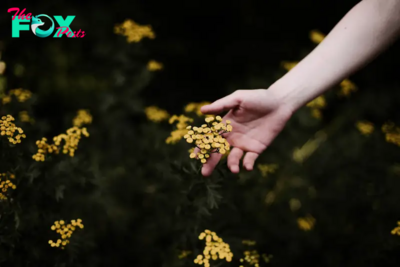
 Entertainment1d ago
Entertainment1d agoDictionary.com Names ‘Demure’ as Its Word of the Year for 2024
-

 Entertainment1d ago
Entertainment1d agoAnna Delvey Reunites With Ezra Sosa and Flips Him Off Ahead of ‘Dancing With the Stars’ Finale Return
-

 Entertainment1d ago
Entertainment1d agoMethods to Recharge as an Actor
